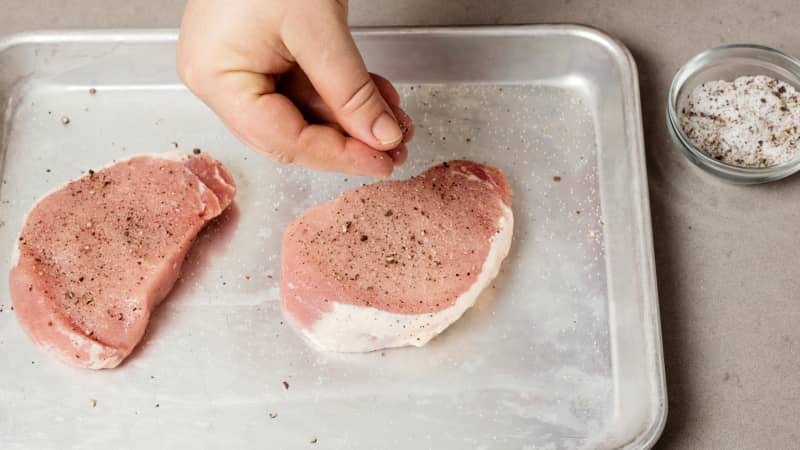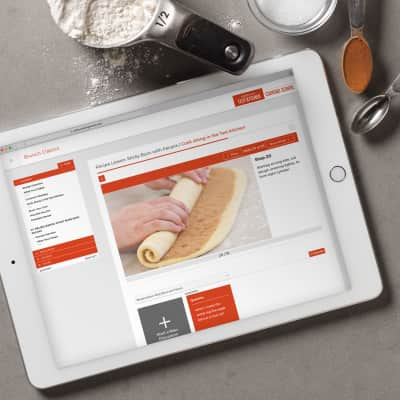Whenever possible, use a paper towel or a clean dishcloth instead of a sponge to wipe up. But if you do use a sponge, disinfect it. Simply rinsing a sponge in hot water and wringing it out does not sufficiently clean it.
We consulted experts at the Food Safety and Inspection Service, the United States Department of Agriculture’s public health regulatory agency, and NSF International, a public health and safety organization that develops standards and certifications, and they proposed three more effective methods:
Method 1: Run your sponge through your dishwasher on a setting that reaches at least 155 degrees and has a heated dry cycle (sometimes called sani-rinse, sani-wash, or sanitation cycle), preferably every time you run your dishwasher.
Method 2: Dampen your sponge and microwave it for at least 2 minutes. (Note that if you have a high-powered microwave, there’s a chance your sponge could burn if you use this method.)
Method 3: Submerge your sponge in a solution of ¾ cup bleach to 1 gallon water for at least five minutes, then remove and rinse.
In all three methods, the sponge should be allowed to dry completely before it’s used again, ideally in a dishrack or other holder that allows air to circulate around all the surfaces of the sponge.


